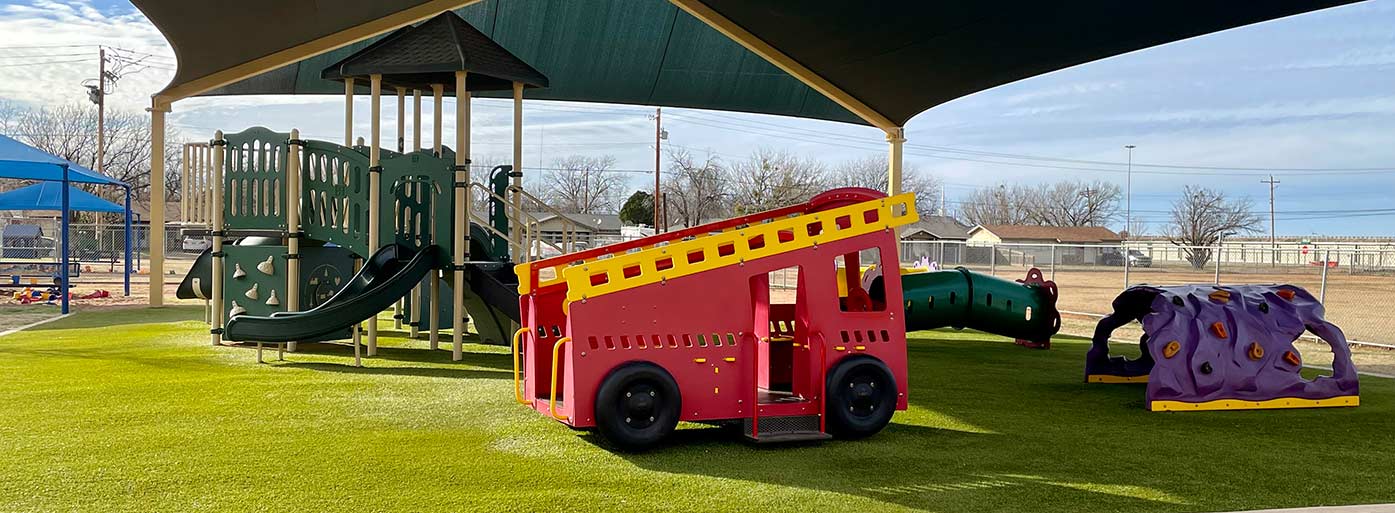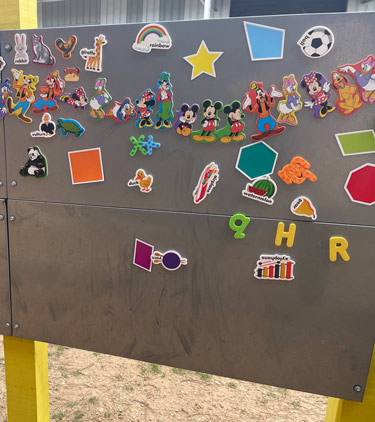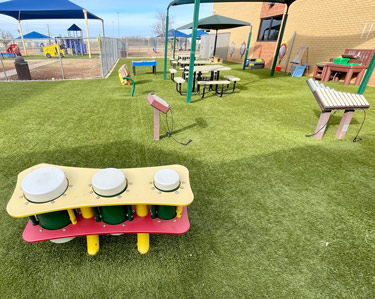Outdoor Learning Environments in Early Childhood Education
Outdoor learning environments encourage children to be active participants in a natural setting by engaging in physical activity and learning opportunities in the world around them. These experiences can be accomplished by providing children with an outdoor area equipped with natural elements, outdoor materials (e.g., tricycles, balls, chalk), and large motor equipment that is age-appropriate, safe, clean, and accessible to all young children including students with disabilities.
Creating an Interactive and Engaging Outdoor Learning Environment
Suggestions for interaction and engagement within outdoor learning environments:
- Children are given free choice to play in monitored areas outdoors and given ample play equipment to encourage play schema.
- Educators should be engaged in the children’s play scenarios, communicative interactions (e.g., encouraging language opportunities between peers) and the appropriate use of equipment.
- Children are provided many opportunities to practice and refine gross motor skills by using proper equipment.
Early Childhood Outdoor Classrooms
An outdoor learning environment can serve as a natural classroom that is filled with inquiry, discovery, and exploration to support demonstrated proficiency in the Texas Prekindergarten Guidelines. For prekindergarten programs looking to create outdoor learning environments that include features such as gardens, water/sand play, butterfly/bird habitats, acoustic play, and tree/shrub features, refer to the Texas Department of State Health Services: OLE! Texas program.




